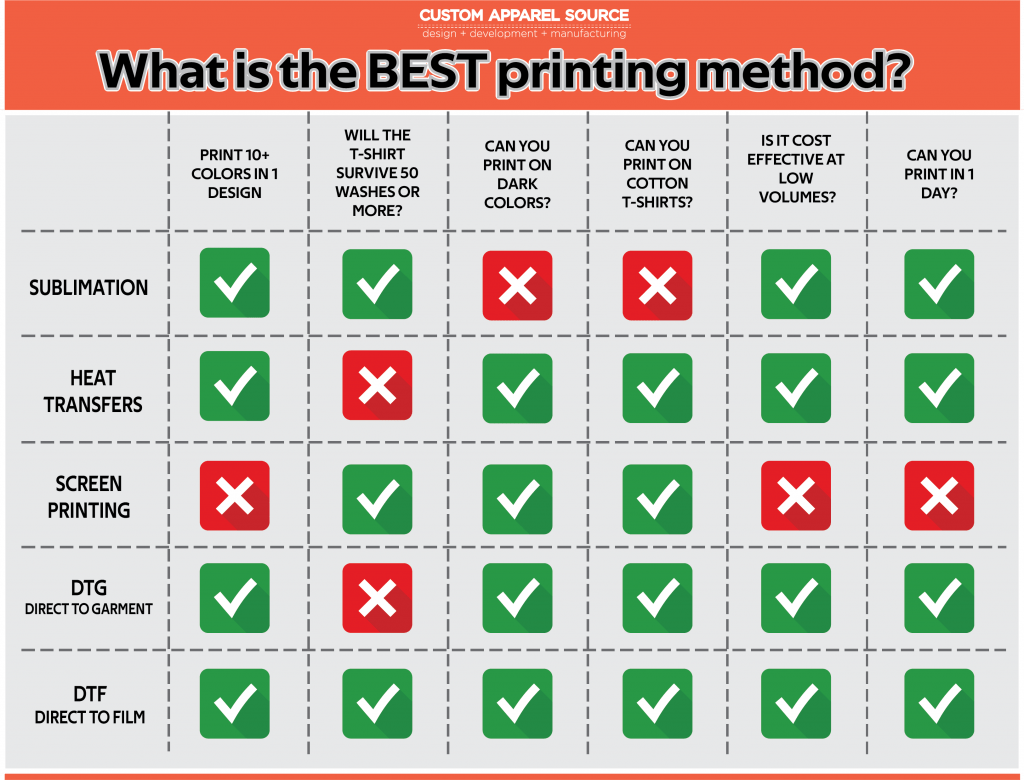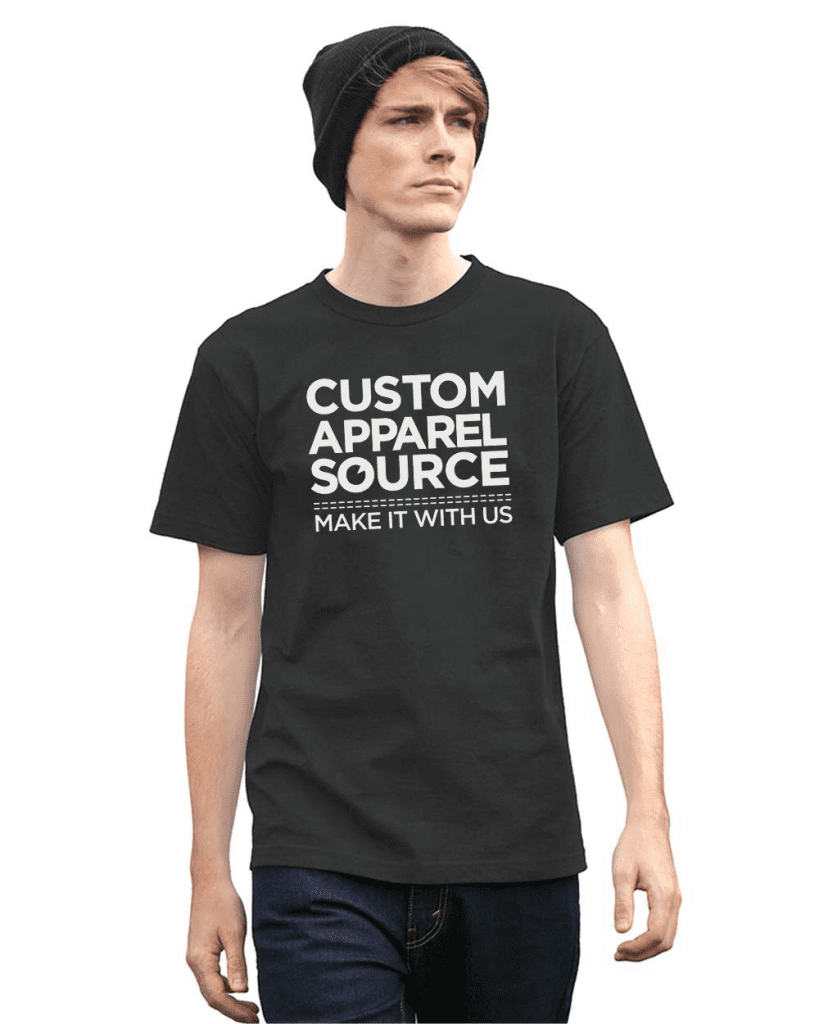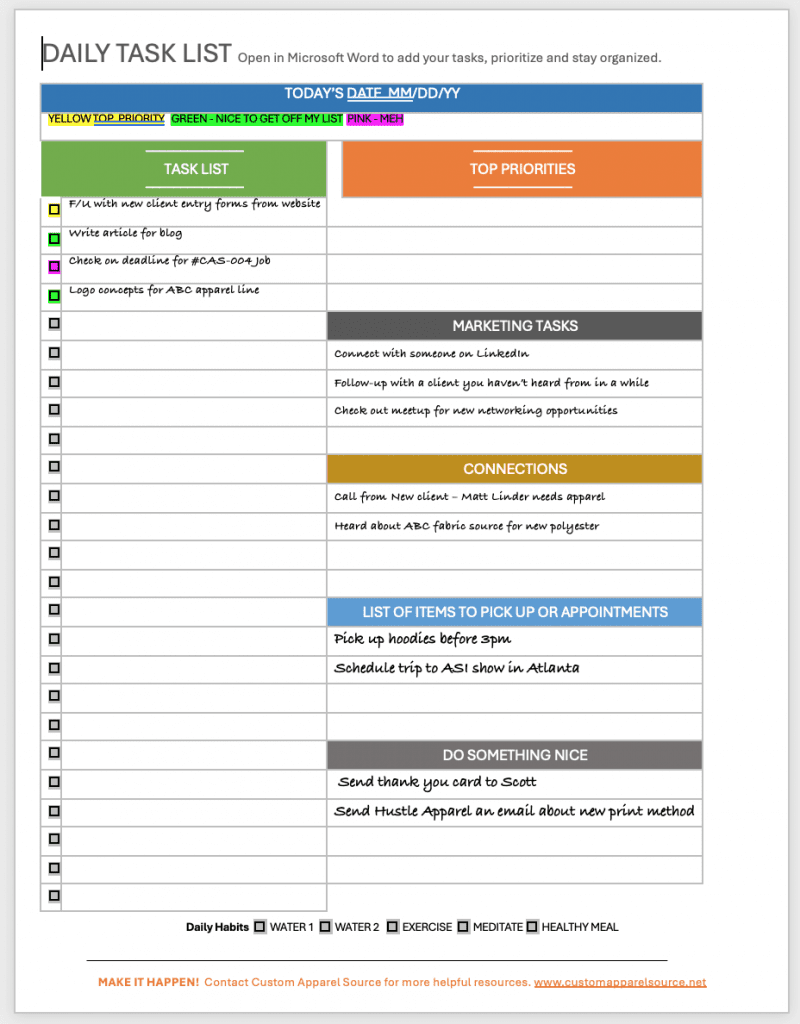The Big Debate-(no not the presidential debate) new Eco-friendly Fabrics
Think choosing eco-friendly fabrics is a no-brainer? Let's dive into what truly makes the best choice. Cotton seems like the...
Read More
What is the definition of GSM?
What you need to know next time you pick fabric or apparel. You've heard of a 50/50 or a 80/20...
Read More
Discover the Latest Spring Apparel Trends: 6 Fresh Styles You’ve Never Seen Before!
Discover the Latest Spring Apparel Trends: 6 Fresh Styles You've Never Seen Before! Custom Apparel Source highlights 6 new spring...
Read More
MLB uniform fiasco-and we have the answer!
Call us MLB! We have the answer to make players and fans happy! “I see London, I see France …...
Read More
Get Organized with our easy-to use task List for 2024!
Everyone likes to start off the new year with a plan and to help you organize we created our own...
Read More
Compare all print methods
Dye Sub, DTG, DTF, Vinyl or Screen Printing: which is better?
There is no perfect t-shirt printing method. Every method is good in certain situations and bad in others. A lot of it depends on the blank t-shirt you want to use and how you want the finished product to perform. For instance…
- Dye sublimation lasts longer than screen printing. A dye-sublimated design will last as long as the t-shirt does, because the ink is embedded into the threads of the tee’s fabric. Over time, screen-printed ink can chip and fade.
- Direct-to-film printing, or DTF, is one of the best t-shirt printing techniques and involves printing designs onto a special PET film and then transferring them to a t-shirt using adhesive powder and heat. As opposed to DTG printing, DTF doesn’t require pre-treatment of the garment, as the design is pre-printed onto a film. This heat transfer method can be used on any type of fabric. Create polyester t-shirts or cotton t-shirts – the result is equally good. However, in DTG the design and inks are incorporated into the fabric. With the DTF method, the fixing powder renders the design plasticky and shiny. Because the colors do not interfere with the base color of the t-shirt, it gives a more vibrant end result.
- Dye sublimation lasts longer than screen printing. A dye-sublimated design will last as long as the t-shirt does, because the ink is embedded into the threads of the tee’s fabric. Over time, screen-printed ink can chip and fade.
- If speed is important, then Direct-to-Garment digital printing is better than screen printing. With screen printing, you need to first make a stencil for every individual color you want to use in your design; this setup process can take a long time. It can also be quite hard to find a company with a screen printer that can handle more than 4 colors (6 platen machines are much rarer than 4 platen machines). Direct to garment is a much better choice if you’re in a hurry.
- If you’re printing onto dark t-shirts, then screen printing is better than dye sublimation. This is because screen printing ink coats the outside of t-shirt fabric. Dye sublimation stains the threads of the tee, but it can’t overwrite the color that’s already there. If you print on a navy, grey or black t-shirt, screen printing or DTG is a much better choice for you.
- Sublimation doesn’t work on cotton t-shirts. The sublimation process only works on polyester fabrics. If you’re selling pure cotton tees, then you will be forced to use either DTG, screen printing or vinyl.
Ok so let’s make this easy!
So, with all of the different options available, how do you choose? Well, we have good news for you: we’ve made a t-shirt print method chart which you can download and keep!
On this grid, you can see what each print method will and won’t do. Depending on what’s important to your business and to your customer, you’ll be able to pick the right print method in a matter of seconds.


